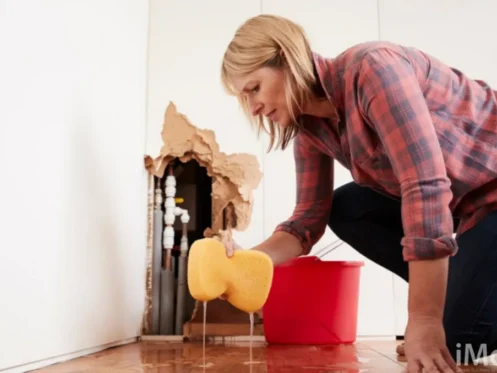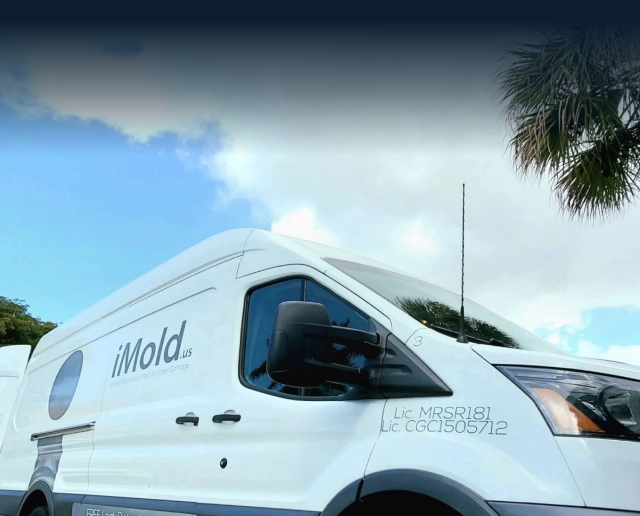It’s that wonderful time of the year again. The leaves are changing, the weather is cooling, and holidays are just around the corner. But what was that sound? A busted pipe. Common with the cooler weather changes, bursting pipes are one of the building owners’ worst fears. Couple that with a potential mold infestation, and any savvy owner would call in for immediate professional action.
With any water damage on a property, the potential for mold growth to follow is high. Preventive measures, like water damage cleanup, must be taken when a home or office is flooded to assist in combating any mold growth from occurring. The water can also lead to a more severe problem; mold growth. Mold thrives in wet areas, and your home has ample moisture. That’s enough to let mold grow due to the water problem. The water damage at home or in your business establishment is going to cost you more if it is left unattended or leaving the job only partially completed.
Structural damage and mold growth are your two main concerns once there is excessive water inside of your home. Our technicians use professional methods to remove mold after they have completely dried up the water-damaged areas.
Your pipes at home should be checked at least every other quarter to know if repairs are needed. In areas that have cold weather, flood damage cleanup is a popular service, due to the cold weather causes the pipes to freeze. Pipes expand with the pressure of the temperature changes, and the pipes may then burst. Common problem areas include the basement, crawlspace, garage, and the attic. These pipes will gradually fill your home or office building with water if not fixed immediately.
Help keep your pipes damage-free during chilly days using these preventative methods:
Steady Temperatures
One of the ways to prevent water damage on your pipes is by not tampering with your thermostat at night. During extreme weather, it becomes vital to keep the temperature the same during the day and night. If there is a water supply that’s found in your garage, close the door of the garage. Opening the kitchen cabinets can allow warm air to circulate. In homes where the weather is at a freezing point outside, let the cold water from the faucet drip to prevent the water from freezing in the pipes.
Deal with frozen pipes
You can avoid water damage repair if you open the faucet when there are frozen pipes. Once you’ve located frozen pipes, try to apply heat with the use of an electric heating pad. You can carefully wrap the heating pad around the frozen pipe to attempt to melt the water and create a flow. You can also use a hairdryer. Take caution while using any electric devices; don’t let them make contact with the water for fear of electrocution. Once the pipe receives treatment and some of the ice begins to melt, water can flow through the pipes that were frozen. Continuously check your faucets at home in the colder months to be sure water is flowing. If there is little or no water, there is a possibility that you have more frozen pipes.
Keep your home warm while you’re away
Both water damage restoration and mold remediation are inevitable if you have a home that’s filled with water. If you are planning on leaving for a vacation during the winter, keep the heat level at 55 degrees. By doing that, your home remains warm, avoiding the possibility of frozen pipes that may lead to water intrusion. Notify your neighbors that you will be away so that they can check on your home. Tell them that if there is any damage to the pipes, they should call you immediately.
Worst case scenario
If it reaches the point that you sorely need water damage remediation, contact our experienced technicians at iMold. By hiring a reputable company, you can rest easy knowing there is complete elimination of both the water damage and potential mold growth.

